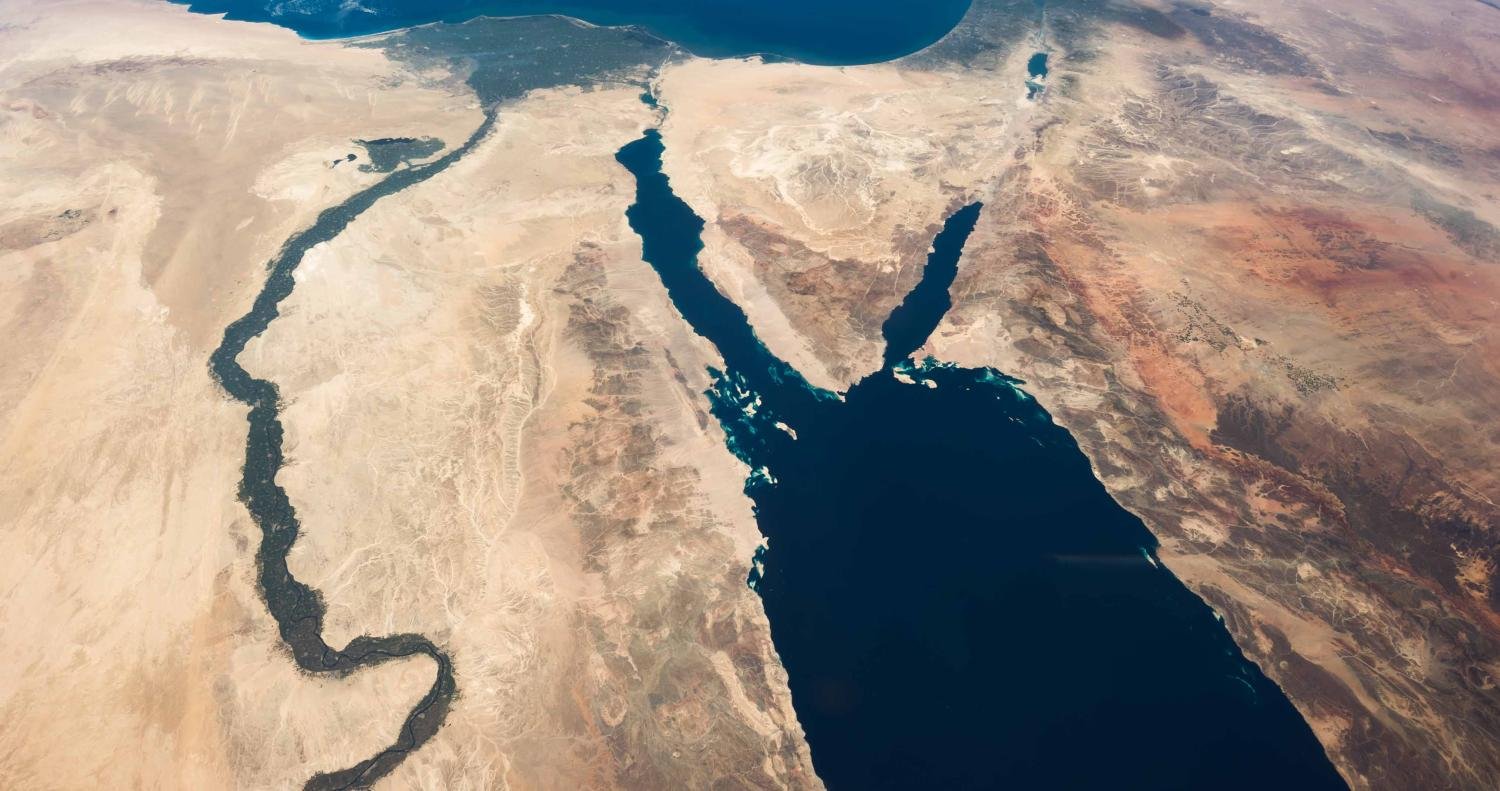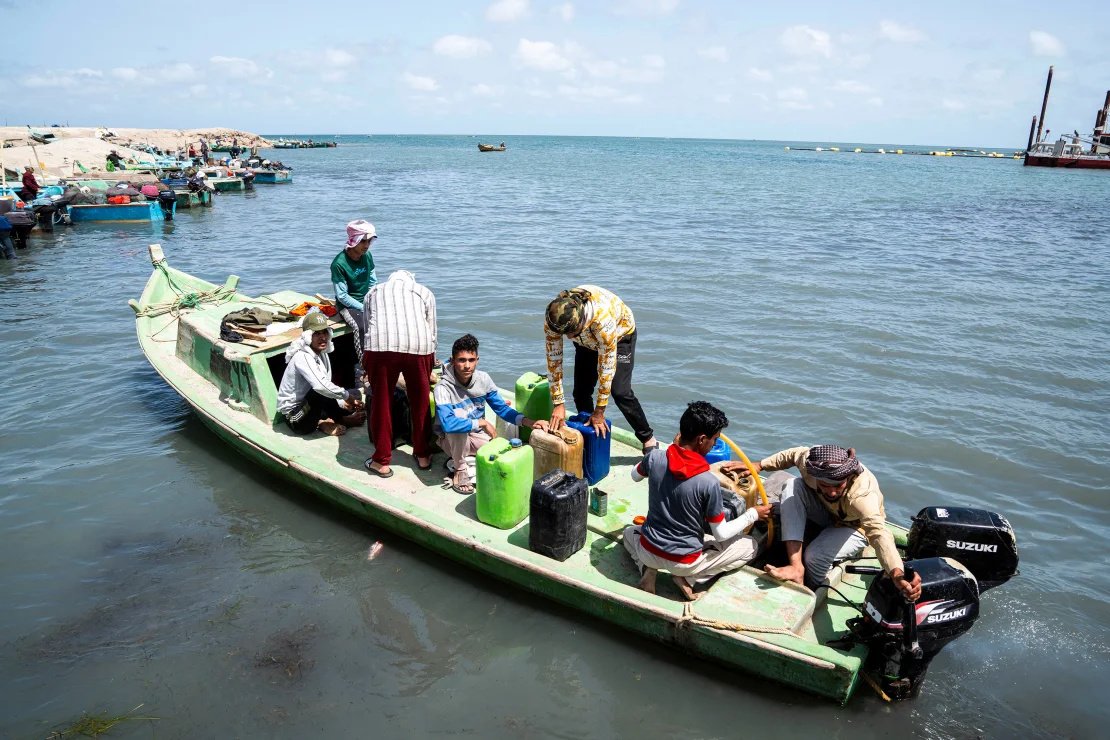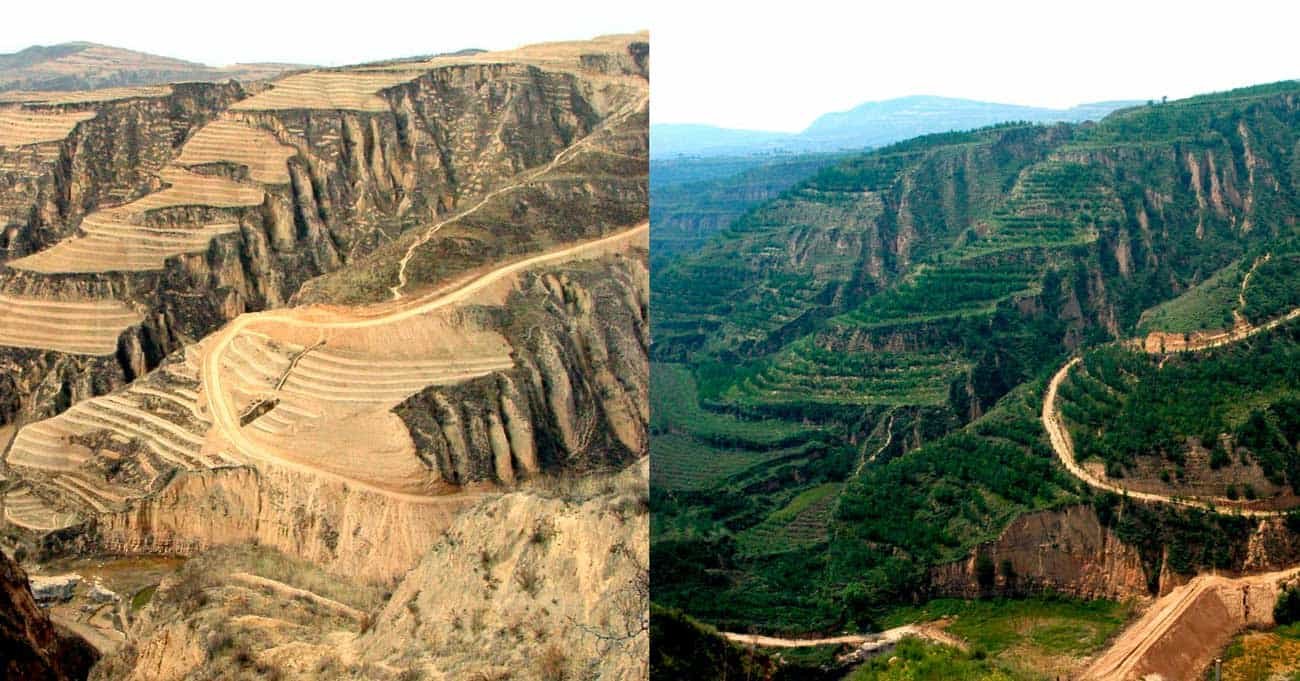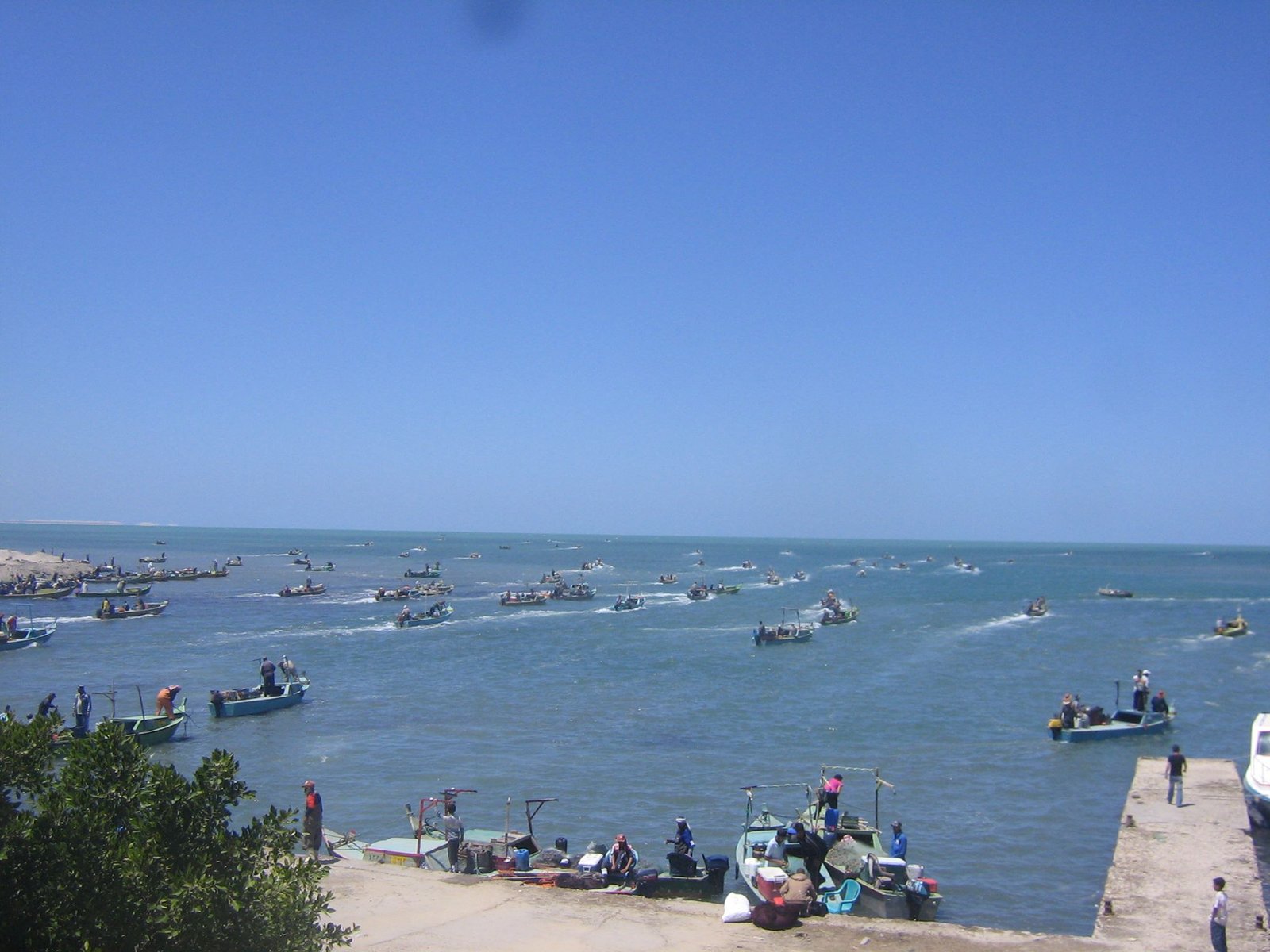The Bold Plan to Re-green Egypt’s Sinai Peninsula
Dutch engineer Ties van der Hoeven has embarked on a revolutionary project to breathe new life into the Sinai Peninsula. Located between Africa and Asia, this arid desert was once a thriving ecosystem before centuries of human activity depleted its natural resources. Today, van der Hoeven is working to reverse this degradation and restore the desert to a flourishing, green landscape.
The Ambitious Goal of Re-Greening the Sinai
The Sinai Peninsula, covering approximately 13,500 square miles, is a critical focus for van der Hoeven’s mission to address environmental crises such as climate change, biodiversity loss, and desertification. By rejuvenating the land, he envisions an area that absorbs carbon dioxide, supports increased rainfall, and provides food and economic opportunities for local communities. This project is not only about environmental preservation—it is a blueprint for tackling some of the world’s most pressing ecological challenges through large-scale restoration.

Sinai Peninsula
The Journey to Regreening
Van der Hoeven’s career as a hydraulic engineer included projects such as constructing artificial islands in Dubai. However, in 2016, his work took an unexpected turn when he joined an initiative to revive Lake Bardawil, a deteriorating saltwater lagoon in Sinai. Using dredging techniques to improve water flow and reduce salinity, he noticed a network of ancient, dried-up rivers on satellite images, suggesting the area once supported lush vegetation. This discovery inspired him to go beyond the lake and consider the larger possibility of transforming the Sinai landscape.
The Regreening Plan: From Wetlands to Mountains
The regreening project begins with restoring the wetlands around Lake Bardawil to attract birds and aquatic life. Next, van der Hoeven plans to use nutrient-rich sediments from the lake to rejuvenate the mountainous regions of Sinai. These sediments will help enrich the soil, allowing salt-tolerant plants to thrive. Vegetation will promote cloud formation and rainfall, potentially altering local weather patterns in a positive way.
“Greening the region could bring back moisture-rich winds and even create more rain,” van der Hoeven explains. Although this regeneration may take decades, he is confident that nature’s pace will guide the project, with the lake taking around five to seven years to fully revive and the broader regreening effort possibly spanning 20 to 40 years.

Bradwil Lake
Proven Successes in Large-Scale Regeneration
Van der Hoeven’s confidence in regreening comes partly from successful initiatives worldwide. For instance, China’s Loess Plateau was once severely degraded, but a comprehensive restoration project initiated by the Chinese government and the World Bank has transformed it. Similar efforts, such as Africa’s Great Green Wall, aim to combat desertification across the Sahel region. These projects demonstrate that large-scale ecological restoration can bring dramatic improvements to once-barren landscapes.
John Liu, a pioneer of ecological restoration who documented the transformation of the Loess Plateau, supports van der Hoeven’s Sinai project. According to Liu, restoring the “land of milk and honey” in the Sinai is an inspiring endeavor that could prove large-scale regeneration is achievable on a global level.

Sinai
Challenges and Controversies in Desert Regreening
Despite the promise of desert regreening, critics highlight the complexity and potential risks involved. Ecosystems are delicate, and transforming arid landscapes could lead to unintended consequences. Planting the wrong species, for example, could disrupt native ecosystems or put a strain on local water resources. Additionally, some experts argue that regreening could alter climate patterns, potentially leading to water scarcity in other regions.
Nonetheless, van der Hoeven believes the benefits outweigh these risks. He points out that deserts created or exacerbated by human activity warrant intervention, especially given the urgent need to address climate change and biodiversity loss. He is also working to carefully select vegetation that can survive future climate conditions and support wildlife, aiming to ensure a positive impact on the region.

Bradwil lake
Regreening as a Path to a Sustainable Future
Ties van der Hoeven’s project underscores the potential of large-scale ecological regeneration to combat environmental challenges. As climate change and habitat destruction accelerate, innovative projects like this are essential. While there are both supporters and skeptics, the urgency of our environmental crisis demands bold actions, and van der Hoeven’s vision for the Sinai Peninsula is a testament to the transformative power of ecological restoration.
In van der Hoeven’s words, “We must act, even if we don’t have all the answers.” His project exemplifies a hopeful step towards a more sustainable, resilient planet, where regreening efforts can contribute to the fight against climate change, promote biodiversity, and support local communities.
